Generally, amphibians possess gills and live in the water during their young ages. As they grow up and become adults, they will lose gills and develop lungs, then they will go to land. However, axolotls are quite special, which is one of the amphibians found in Mexico. They will keep external gills and live in the water even in adulthood. But axolotls also have lungs. In this article, let’s explore further and understand axolotls.
Content Table
Is It Easier to Keep an Axolotl in a Tank?
Axolotls can be found not only in tanks but also in laboratories. As axolotls can regrow the missing parts of the body. For instance, provided that an axolotl loses a leg, it can regrow one leg. Nonetheless, axolotls are classified as endangered species. Then, is it easier to keep an axolotl in a tank? Exactly, yes! The axolotls are hardy and easy to care for and breed. So, how to care for axolotls in a tank?
Tank size & Tank setup
Axolotls commonly can grow up to 9 inches, while over 12 inches is rare. Meanwhile, they can live up to 10–15 years on average. Therefore, choosing and setting up an ideal fish tank is crucial. Usually, axolotls require room and space to swim and explore. Thus, it is recommended to keep one axolotl in a 40-gallon tank, 20 gallons at least.
Regarding tank setup, bigger gravel is better. Seeing that fine gravel may be ingested by axolotls, which will cause obstruction. Besides, axolotls do not need special lighting. On the contrary, they always stay at the bottom of the tank and are fond of dark areas. As a result, providing some hiding places is necessary. By doing so, they can hide in the daytime.
Moreover, strong currents may make axolotls stressed. Consequently, an aquarium filter with slow currents is suitable for an axolotl tank. A canister filter may meet your demands. It can effectively filter particles and debris, as well as absorb odors. The filter also promotes beneficial bacteria growth.
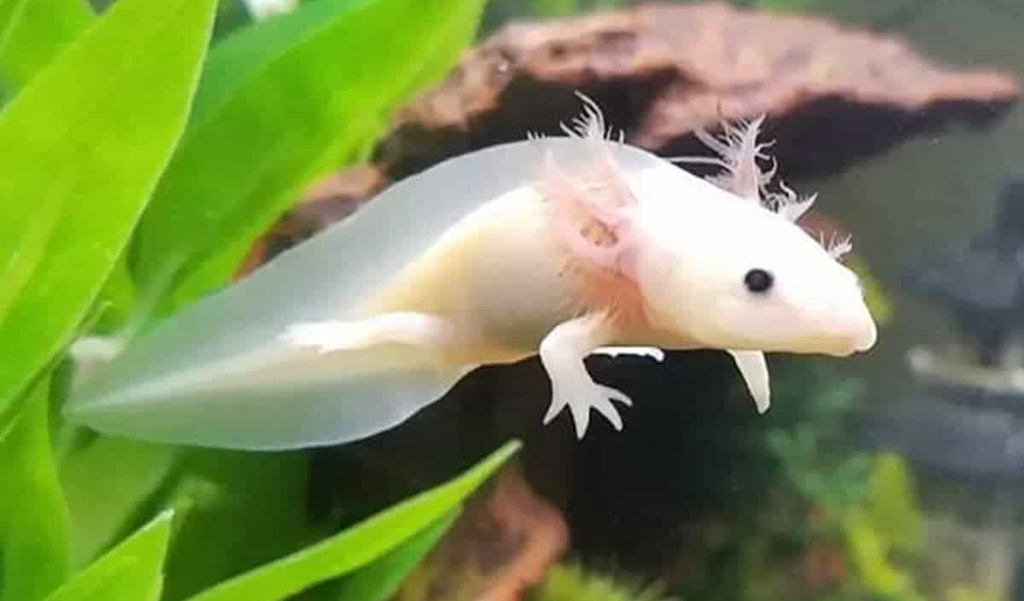
Water parameters
To keep great water quality, you should keep regular water changes. Changing 30-50 percent of the water each week is accepted. Before adding new water, you’d better test the water with the aquarium water test kit. Also, a gravel vacuum can give you a favor. In addition to changing water quickly, the gravel can remove the waste from the tank. Furthermore, lower or higher water temperatures will cause stress, slow metabolism, and loss of appetite. Accordingly, maintaining ideal water temp is vital.
Here are some tips:
- Water temperature: 61-64℉
- pH level: 7.4-7.6
- Water hardness: 7-8 dKH
- Ammonia: 0
- Nitrite: 0
- Nitrate: less than 40 ppm
Diet
Axolotls are carnivores and prefer protein-rich food, like bloodworms, brine shrimp, and earthworms. Some live food should be avoided, feeder fish and mice for example. And you should be cautious about live food, because the live food may carry parasites or disease, which may cause axolotls to get sick. In general, there is no need for vitamin or mineral supplements.
Tank mates
Since male axolotls will chase female ones to breed, which is harmful to female axolotls in the long term, therefore, it is better not to keep males and female axolotls in one tank. Meanwhile, it is best not to keep axolotl with other creatures or house two or more axolotls together due to they may fight with each other. And it would lead to injury finally.
How Often Should Axolotls Eat
Without food, axolotls can survive for 2–3 weeks. In this part, we will discuss how often you should feed axolotls. The feeding frequency is determined by age and living conditions. For example, once axolotls are adults, you can just feed them two or three times per week. Nevertheless, do not overfeed. Or it will cause health problems. You should ensure they finish eating within 1–3 minutes. Besides that, as axolotls are more active in the evening than in the daytime, feeding them at night is a better choice. By the way, how should we feed axolotls? You can drop the food near them, or place the food close to them with tweezers, then they can eat the food easily.
The table below will give you references:
| Period of life | Feeding frequency | Ideal food |
| Hatching | Twice per day | Small brine shrimp/small daphnia |
| Baby | Twice per day | Small brine shrimp/daphnia/pellets |
| Juvenile | Once each day | Brine shrimp/daphnia/bloodworms/pellets |
| Subadult | 3-4 times each week | Brine shrimp/daphnia/bloodworms/pellets/earthworms/ghost shrimp |
| Adult | 2-3 times each week | Brine shrimp/daphnia/bloodworms/pellets/earthworms/ghost shrimp |
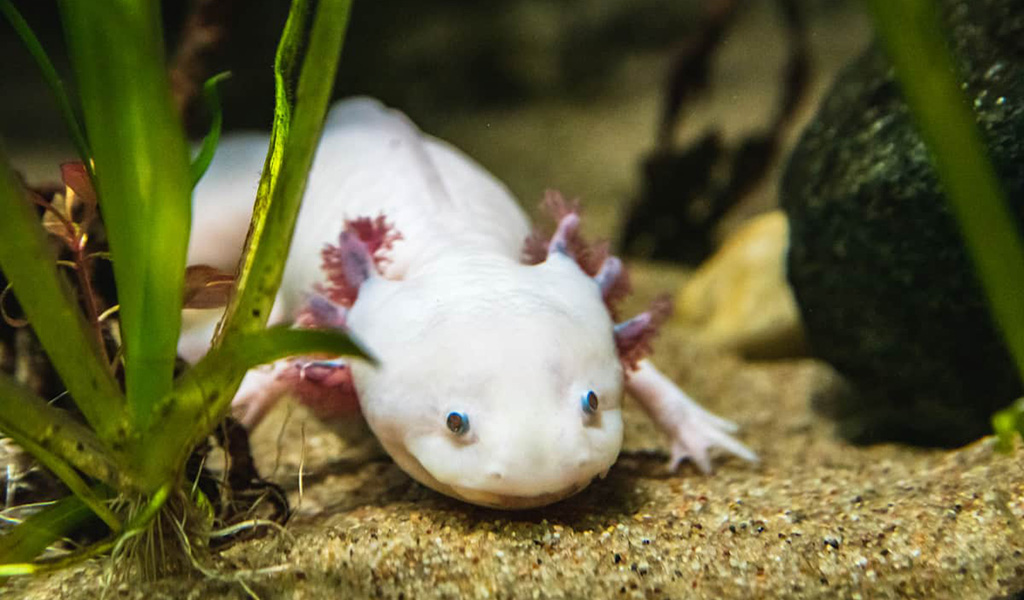
5 Food Options For Axolotls
We know that axolotls are carnivores, and there are many food sources for them. In this segment, we will get into a more specific introduction of five food options for axolotls.
1. Worms
Worms, including earthworms and bloodworms, are an excellent option for rich nutrition and high protein. Earthworms are nutritious and affordable, but it is just fit for subadult and adult axolotls. As for bloodworms, there are live and frozen types. Live bloodworms are less nutritious than other worms. Consequently, you can just feed bloodworms occasionally. Meanwhile, bloodworms are cheap and can be kept frozen, while they may develop fungus. On the other hand, frozen bloodworms provide vitamins and proteins. Nonetheless, they can not meet the nutrition requirements for adult axolotls. Hence, frozen bloodworms should not be the main food source for adult axolotls.
2. Daphnia
Daphnia contains rich proteins and vitamins, which are good for axolotls. It can also remove unwanted bacteria. But daphnia can not be the main food for adult axolotls. Because it can not provide sufficient nutrition, the adult axolotls would get hungry quickly. In addition to this, live daphnia may carry parasites or diseases, so it is best to purchase them from reputable shops.
3. Brine shrimp
Live brine shrimp is nutritious and cheap. Moreover, the live shrimp can be hatched at home. Nevertheless, it would bring disease and change the water’s hardness. Furthermore, live brine shrimp can be frozen. The frozen brine shrimp is only in cube form. So you need to keep it in the water to thaw. By the way, live brine shrimp may also carry parasites or diseases, so it is best to purchase them from reputable shops.
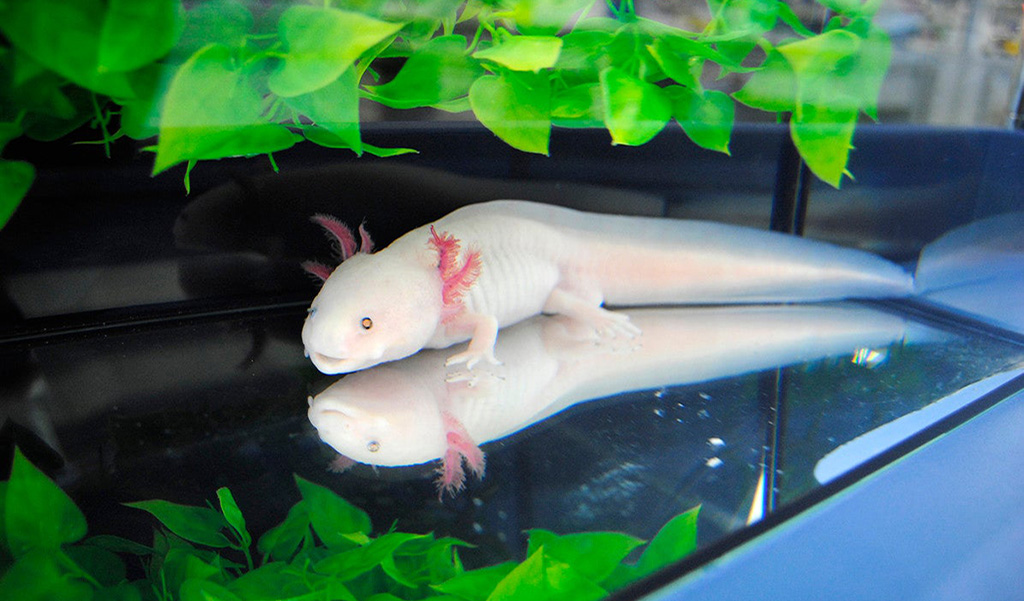
4. Ghost shrimp
Ghost shrimp are a nutritious food source, but they can also make sense in cleaning tanks. The shrimp is a perfect snack for subadult and adult axolotls, but ghost shrimp are expensive and require to be isolated for two weeks before introducing.
5. Pellets
There are two different pellets – smaller pellets and sinking pellets. The former ones are suitable for baby and juvenile axolotls, while the latter ones are ideal for subadult and adult axolotls. And you can get pellets easily! However, pellets are not 100% natural. As a direct consequence, it is recommended to read the ingredients when you buy one.
Will an Axolotl Eat the Fish in One Tank?
Do not be staggering. The axolotl will eat the fish in one tank exactly, especially small and slow-moving fish. Aside from that, fish also injure your axolotl. Specifically, the axolotl may get choked when it swallows the fish. On the other hand, as fish grow up, they would nip axolotl’s gills. In summary, keeping axolotls and fish in one tank is harmful to each other. Although they can get along well in the primary stage, one of them would suffer damage in the end.
After learning more about axolotls, do you want to keep one in your tank? For more additional information about axolotls, please pay attention to the Things You Need to Know about Axolotl. Or you can share with us in the comments. Finally, thank you for reading!
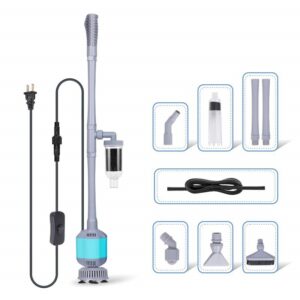
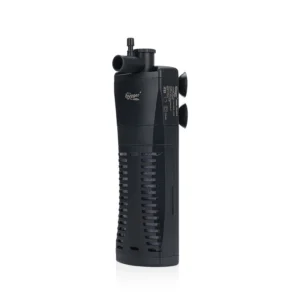
Thanks for help I love mine and whatever I’m doing must be right cause he is growing. So Goodluck to all and God bless u in your experience
I like axolotls a lot and I want a axolotl they look 🆒 and I want one.
Axolotls are fascinating creatures and this article provides a helpful guide on what they should eat to ensure their proper care and nutrition.